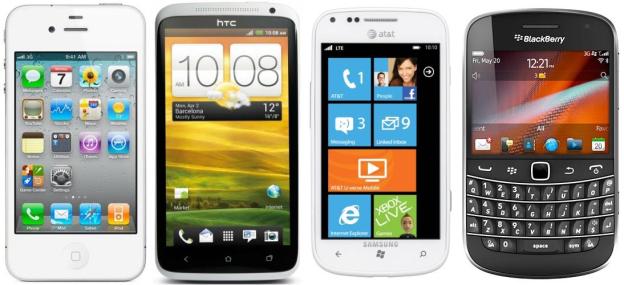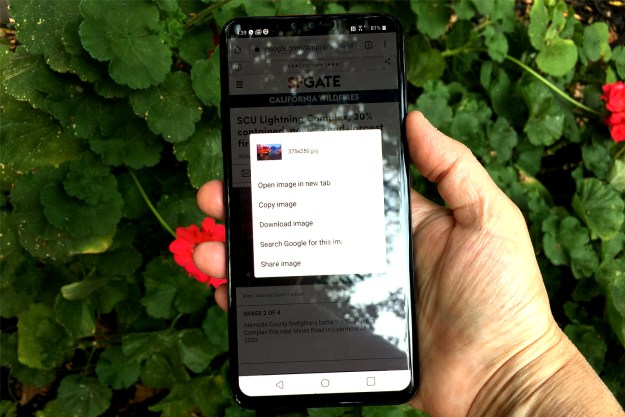
Android may be on top, but iOS and Windows Phone are growing faster. The same company that reported Android’s 50+ percent hold on China’s smartphone market, Kantar Worldpanel ComTech, announced today that, while the Google operating system is the leader in the United States, both the iOS and Windows platforms are growing at a faster rate. (Though not really that much faster that Google needs to lose much sleep over it.)
While Android has had a growth of about 1.4 percent above this time last year, iOS is up 2.3 percent, while Windows has grown 1.8 percent.
It’s interesting to see the difference in total numbers in the U.S. when compared to China, where affordable smartphones are in high demand. Whereas in China, the total number of iPhones in use is about half that of Android devices, the numbers are much closer here in the U.S. Android accounts for around 51.7 percent of smartphone sales – which is pretty spot on with its numbers in China – while iOS devices account for 41.4 percent, a far cry from the 19.9 percent in China. Windows trails far behind, making up just 5.6 percent of all sales.
The same study also took a look at carrier growth in the country. Verizon (naturally) remains the leader of the pack, growing 1.8 percent and now accounting for 36.3 percent of all smartphones. The slight boost can be attributed to the increase in Windows-enabled device sales. AT&T held its second place spot with 26.3 percent, the same as last year. Thanks to its acquisition of iOS devices, Sprint ousted T-Mobile to grab the third place spot (13.1 percent) and the latter dropped to fourth place, with just 11.3 percent.
Editors' Recommendations
- An Apple insider just revealed how iOS 18’s AI features will work
- The 10 best photo editing apps for Android and iOS in 2024
- How to add a different home screen wallpaper on iOS 17
- The 7 biggest features we expect to see in iOS 18
- This could be our first look at iOS 18’s huge redesign


